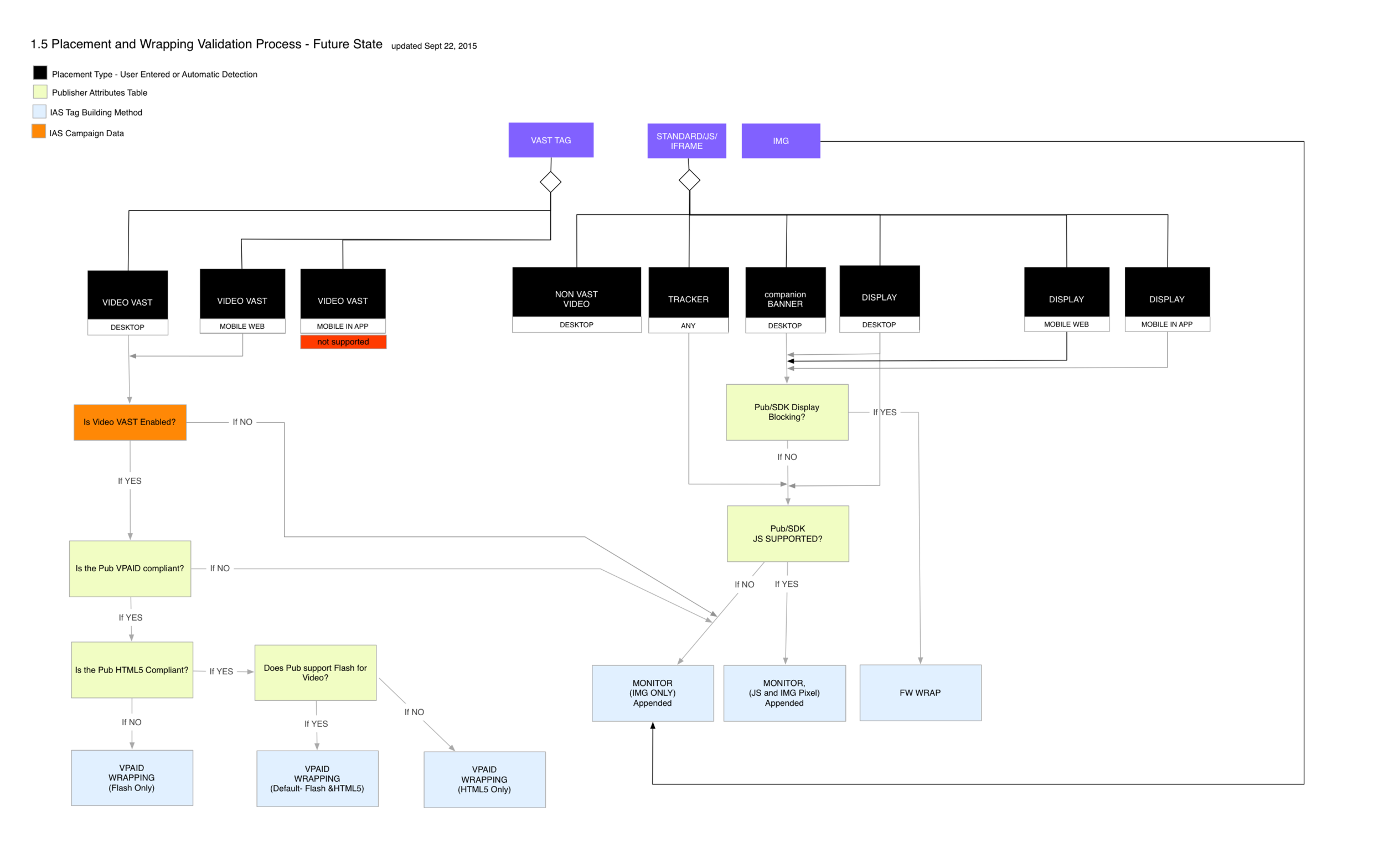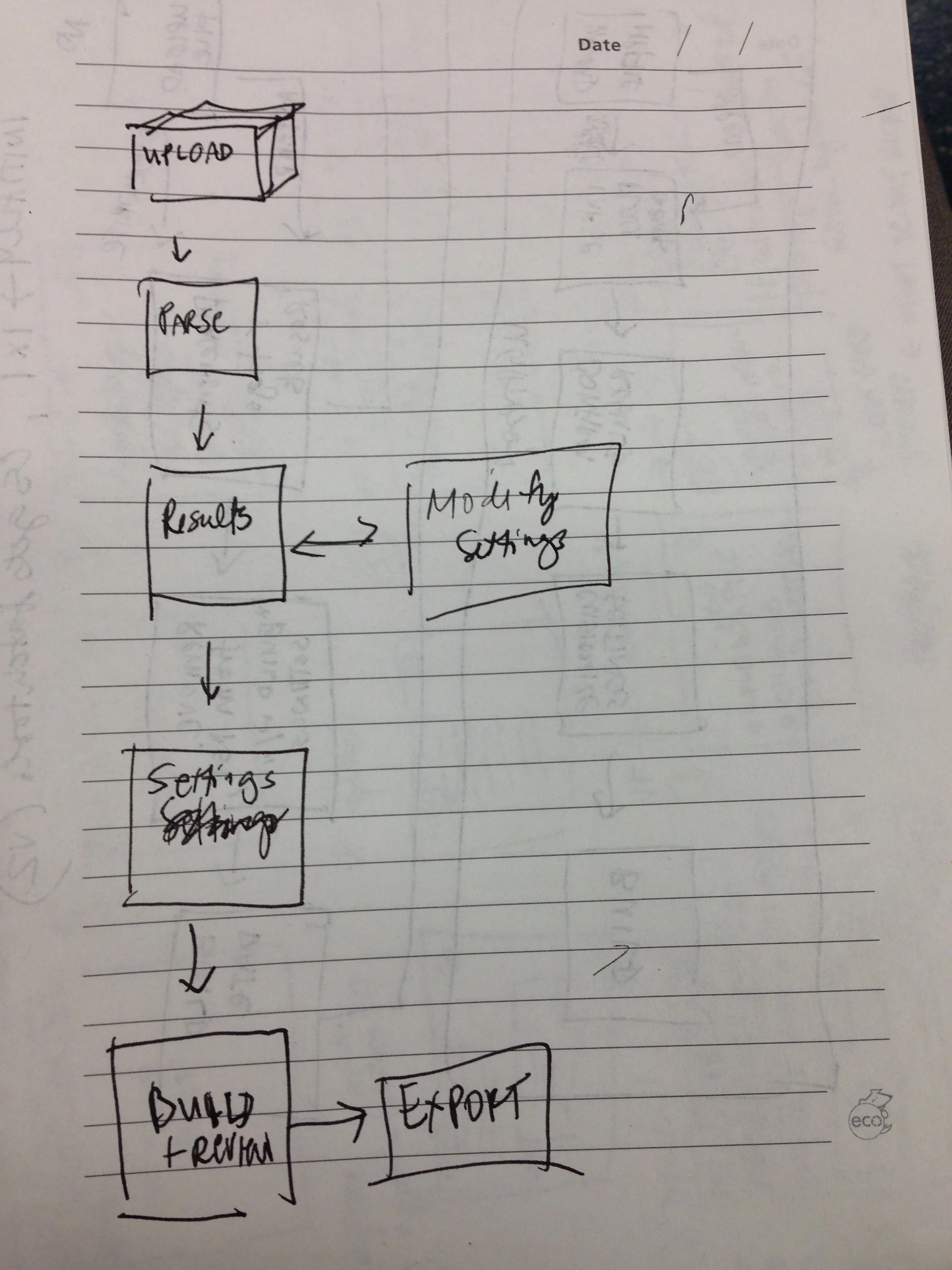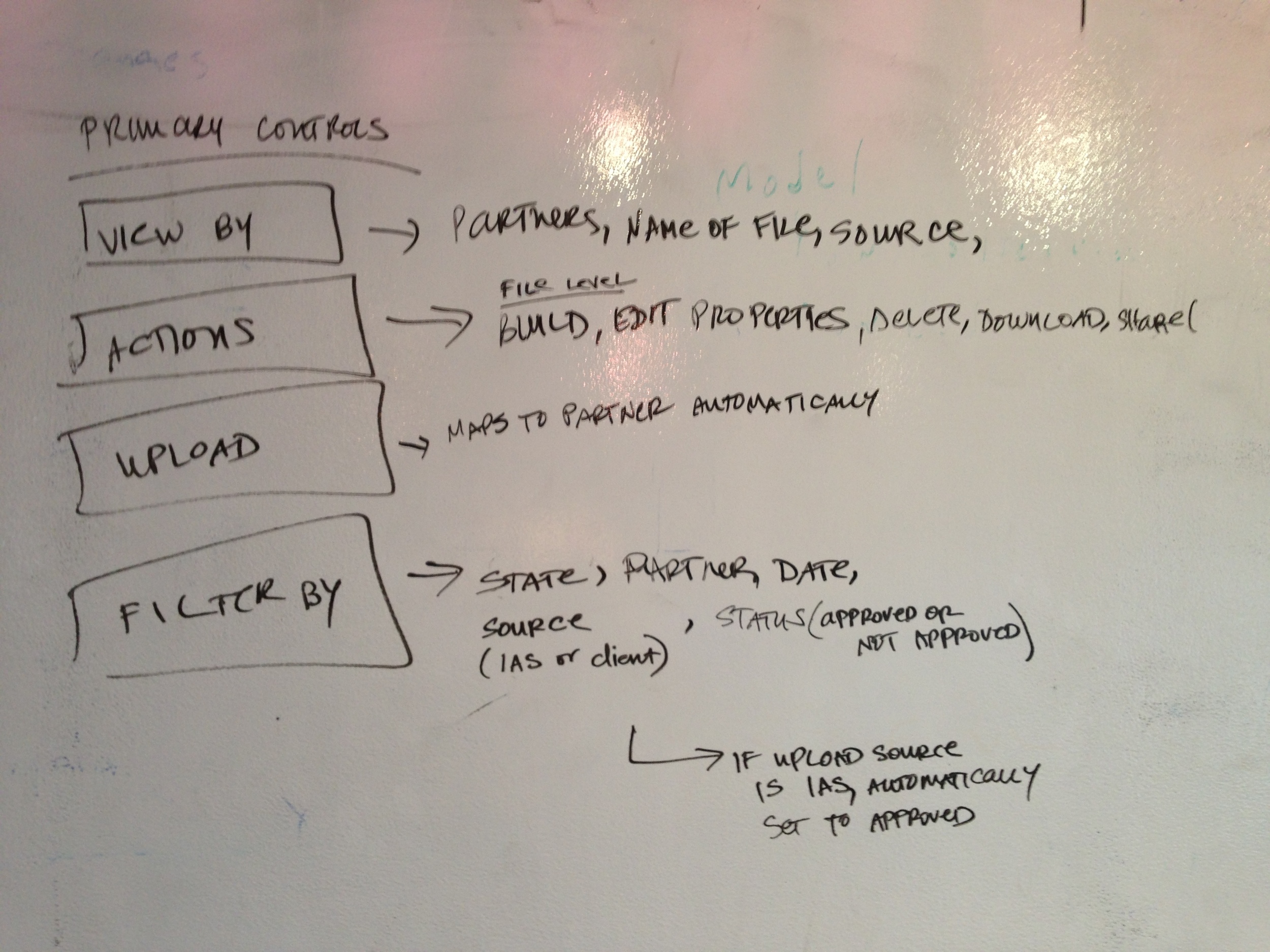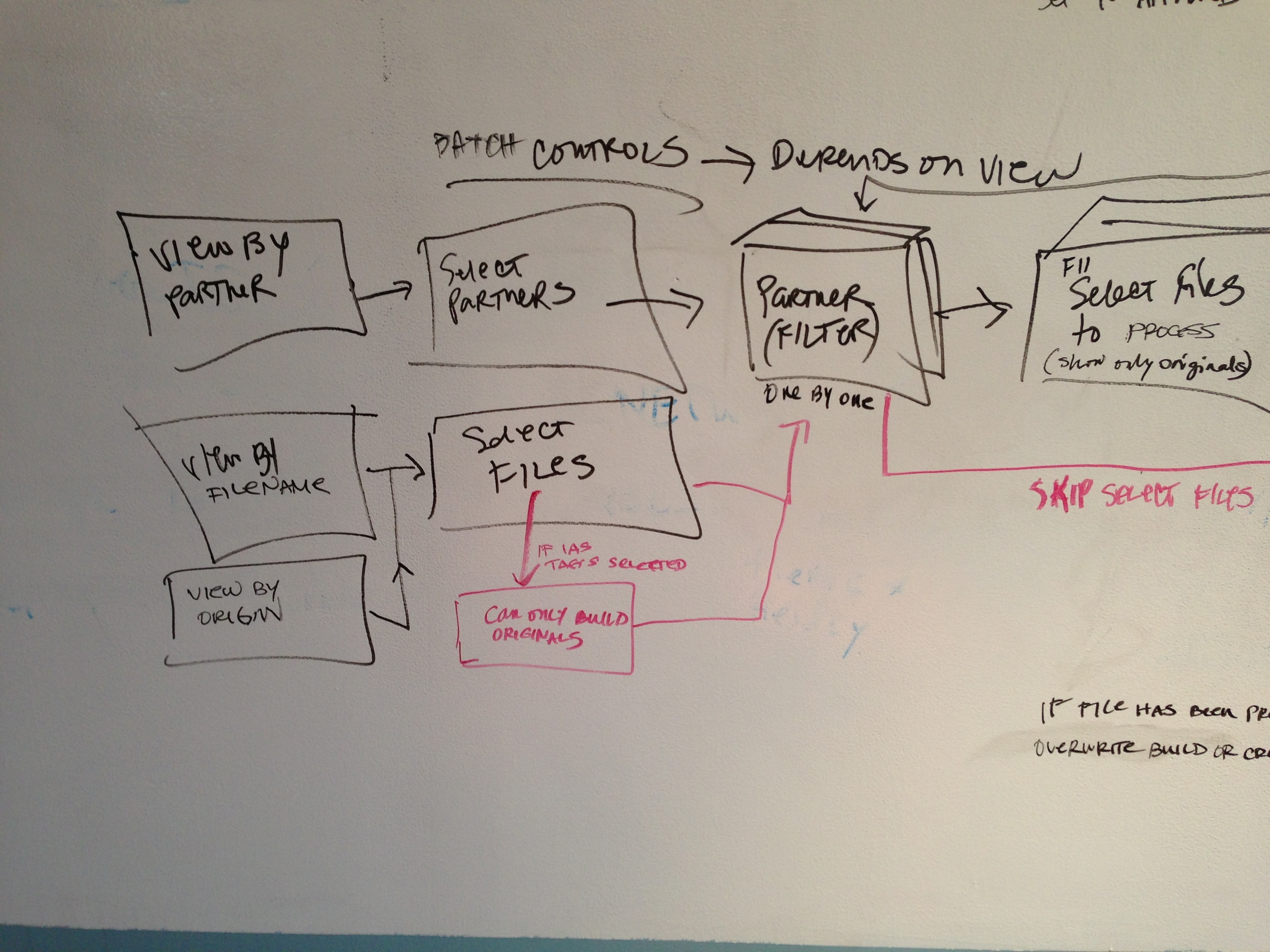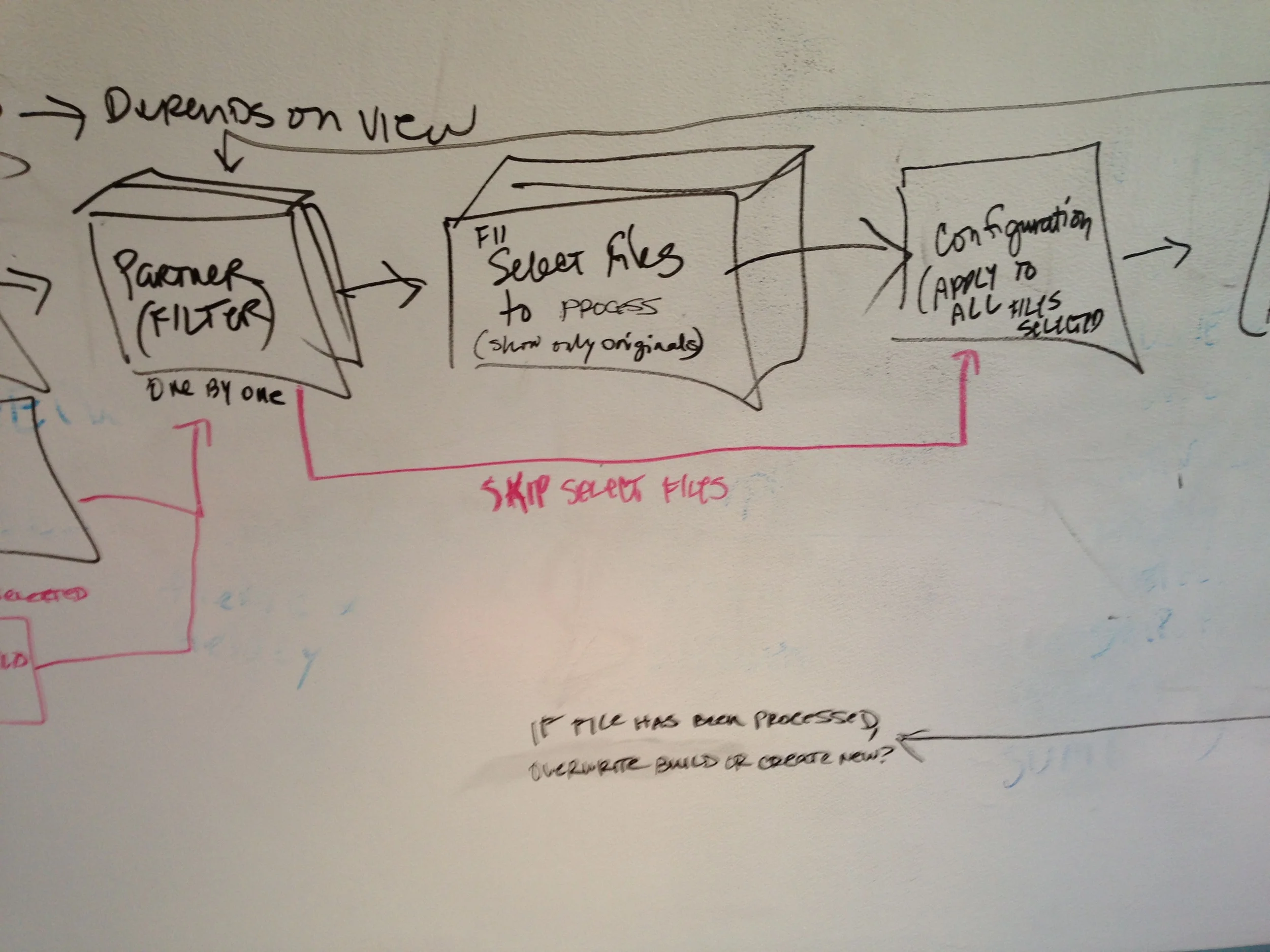IAS Tag Builder
Revolutionizing Brand Safety
Background
Integral Ad Science (IAS) is a leader in ad verification, ensuring that ads are viewable, brand-safe, and fraud-free. To extend its capabilities and meet the demands of an increasingly dynamic digital advertising ecosystem, IAS developed the Campaign Automation Tool. This cutting-edge software leverages AI to automate complex workflows, enabling advertisers to enhance efficiency and optimize ad performance.
The Challenge
Advertisers faced significant challenges in managing ad campaigns across diverse channels and formats:
Time-Consuming Processes: Manual configuration of ad tags was labor-intensive and prone to errors.
Inconsistent Ad Performance: A lack of automation made it difficult to block inappropriate impressions or analyze campaign performance in real-time.
Scalability Issues: As advertisers scaled campaigns, existing tools struggled to handle large volumes of ad tags and impressions effectively.
The Solution: Campaign Automation Tool
As the product manager, designer, and patent holder for the algorithm powering this tool, I led the end-to-end development of a solution that streamlined ad serving and enhanced campaign oversight.
Key Features:
Document Conversion for Ad Serving: Users can upload campaign documents, which are automatically converted into ad-serving configurations. This eliminates manual tag creation and reduces setup times.
AI-Powered Ad Tag Automation: The system inserts custom code into existing ad tags, enabling granular control over ad impressions served.
Real-Time Blocking and Flagging: Each impression is analyzed for compliance with brand safety, viewability, and fraud parameters. Problematic impressions are flagged or blocked dynamically.
Data Analysis Integration: The tool provides detailed reporting and insights, helping advertisers evaluate campaign performance and refine targeting strategies.
Innovative Algorithm Design:
The patented algorithm combines advanced machine learning techniques with domain-specific logic to:
Identify and automate repetitive tasks.
Adapt to changing campaign requirements with minimal user intervention.
Optimize ad performance by dynamically flagging or blocking low-quality impressions.
The Results
1. Enhanced Efficiency:
Advertisers experienced a 50% reduction in campaign setup times, thanks to the automated document conversion and ad tag configuration process.
2. Improved Campaign Quality:
The real-time blocking and flagging capabilities reduced instances of brand safety violations and improved viewability metrics across campaigns.
3. Scalable Solution:
The tool’s robust architecture supported campaigns with millions of impressions, providing seamless performance regardless of scale.
4. Data-Driven Optimization:
Advertisers leveraged the integrated analytics to identify trends, refine strategies, and achieve better ROI on their campaigns.
Conclusion
The IAS Campaign Automation Tool represents a breakthrough in ad campaign management, addressing key pain points for advertisers while enhancing efficiency, scalability, and performance. By combining AI-driven automation with innovative technical design, the tool empowers advertisers to navigate the complexities of modern digital advertising with confidence.
This case exemplifies how strategic product management and technical innovation can deliver impactful solutions, setting a new standard for automation in ad campaign workflows.




